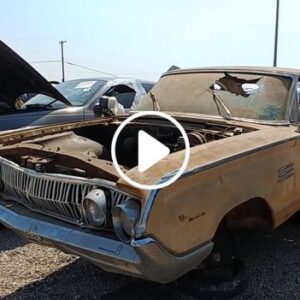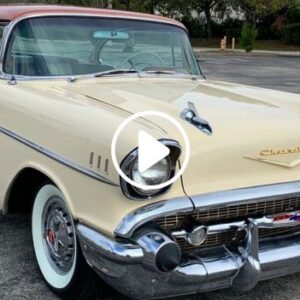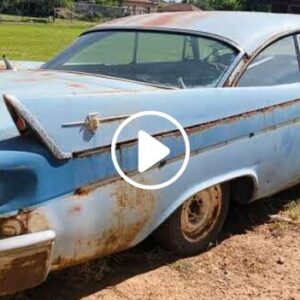Way back in the ’60s, the idea of a fun, yet sophisticated sports car just started spouting. This trend resulted in instant classic cars like the Ford Mustang, Lamborghini Miura, BMW 2002, and of course, the Jaguar E-Type coming to fruition.
Nowadays, Jaguar seems to have its toe dipped in every segment of the automotive world. From electric SUVs like the I-Pace to sports cars like the F-Type. But this isn’t the reason why Jaguar is as prestigious as they are today. The E-Type earned that accolade nearly single-handedly. Since 1961, the Jaguar E-Type has been dropping jaws worldwide. Today we’ll take a closer look at what made the Series 1 E-Type such an icon.
10 The Jaguar E-Type Is Breathtaking

There are some magnificently creative minds who have sculpted some of the most beauteous cars to ever roam the streets. Above all, though, remains the one and only Malcolm Sayer.
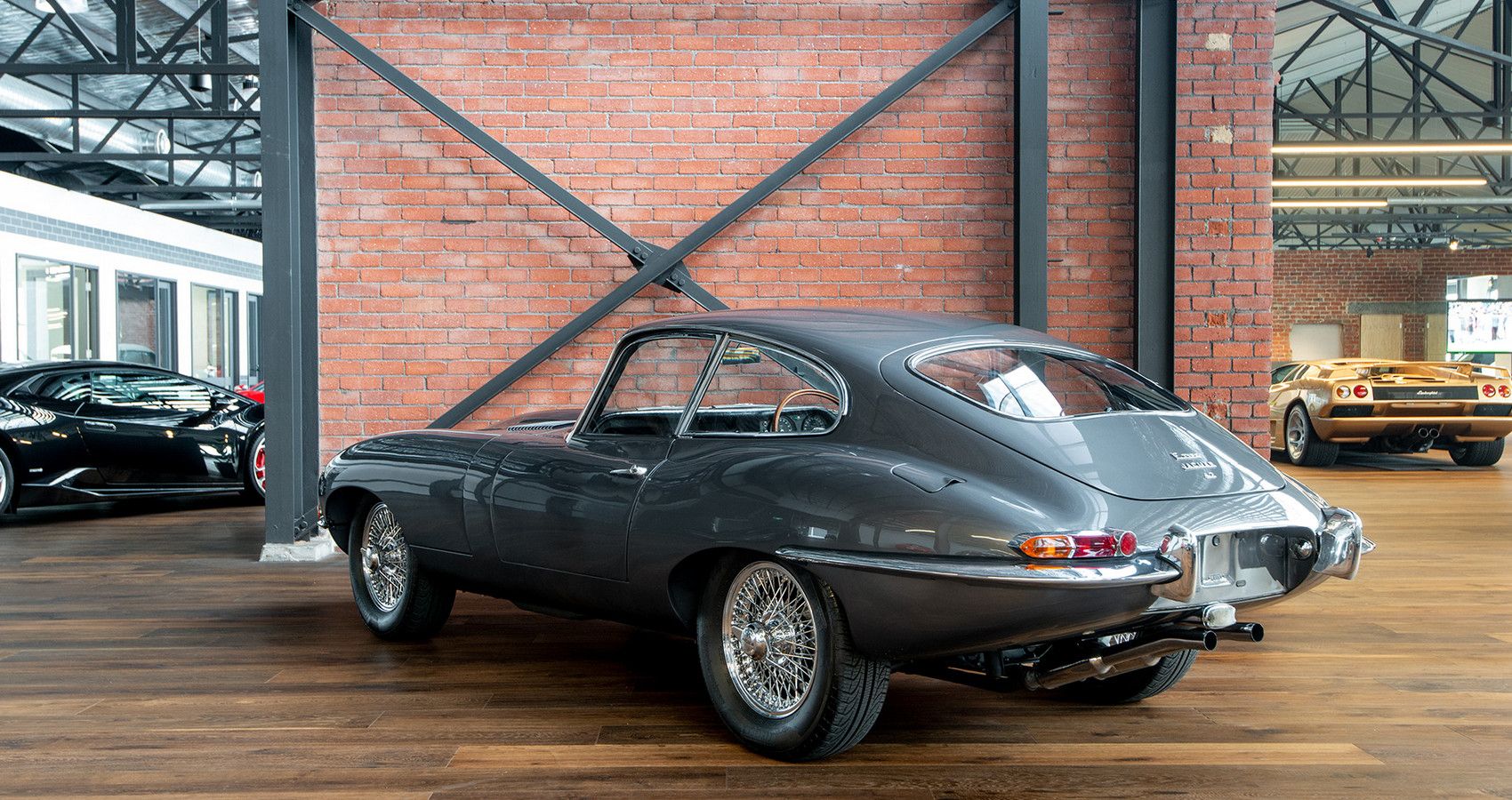
Sayer designed the E-Type with an equal amount of mathematical sense and objective appeal. The result hereof was the E-Type. A British sports car with an elongated hood, a short rear end, and a teardrop side profile.
9 The Jaguar E-Type’s Engine
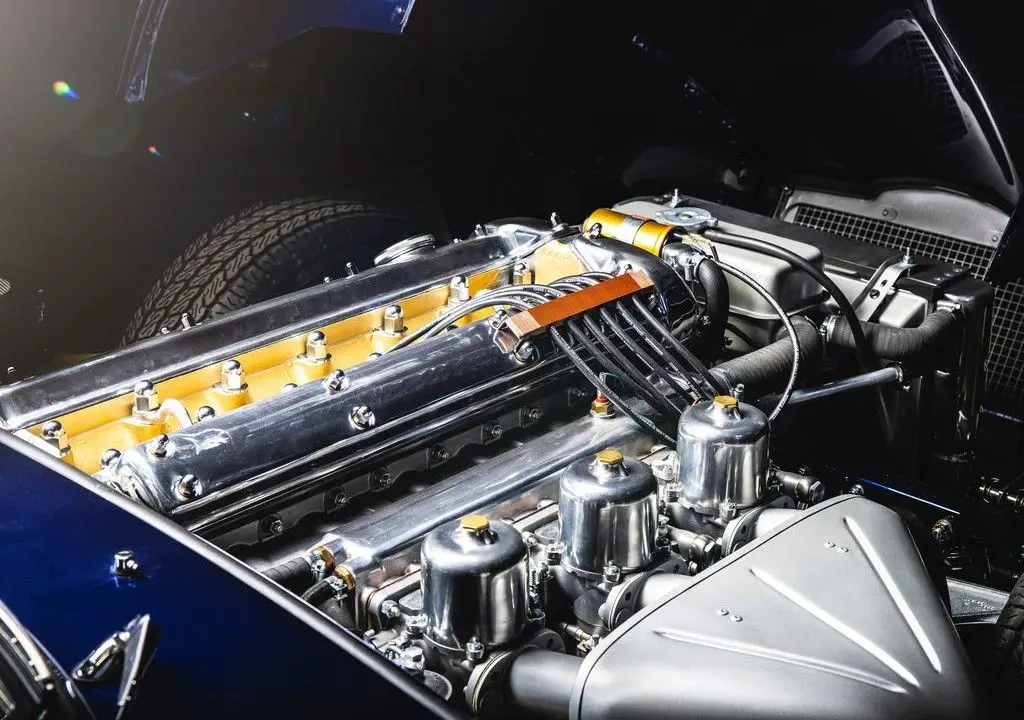
The ’60s E-Type had two different powertrains to choose from. The first was a 3.8-liter inline-six offered in 1961, and the second was a 4.2-liter inline-six as well available from 1964 onwards.

Strangely enough, both of these engines produce the same relative amount of power. Both motors churned out 266 hp, but the torque figures differed slightly. The 3.8-liter engine had 240 lb-ft of torque at its disposal, while the 4.2-liter engine had 283 lb-ft of torque to play with.
8 The Jaguar E-Type’s Cockpit
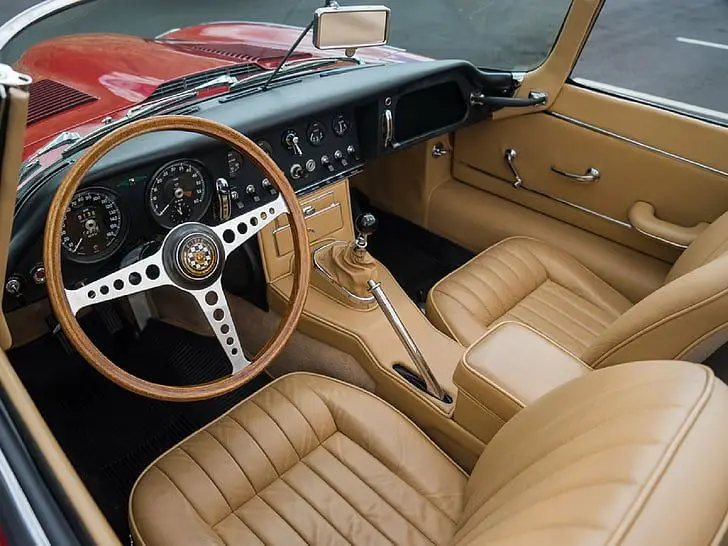
Today, Jaguar is a luxury automotive brand, and that’s been the case since we can remember. The E-Type’s cockpit was elegantly wrapped in leather with a thin wooden steering wheel, and a plethora of metal pieces all over.
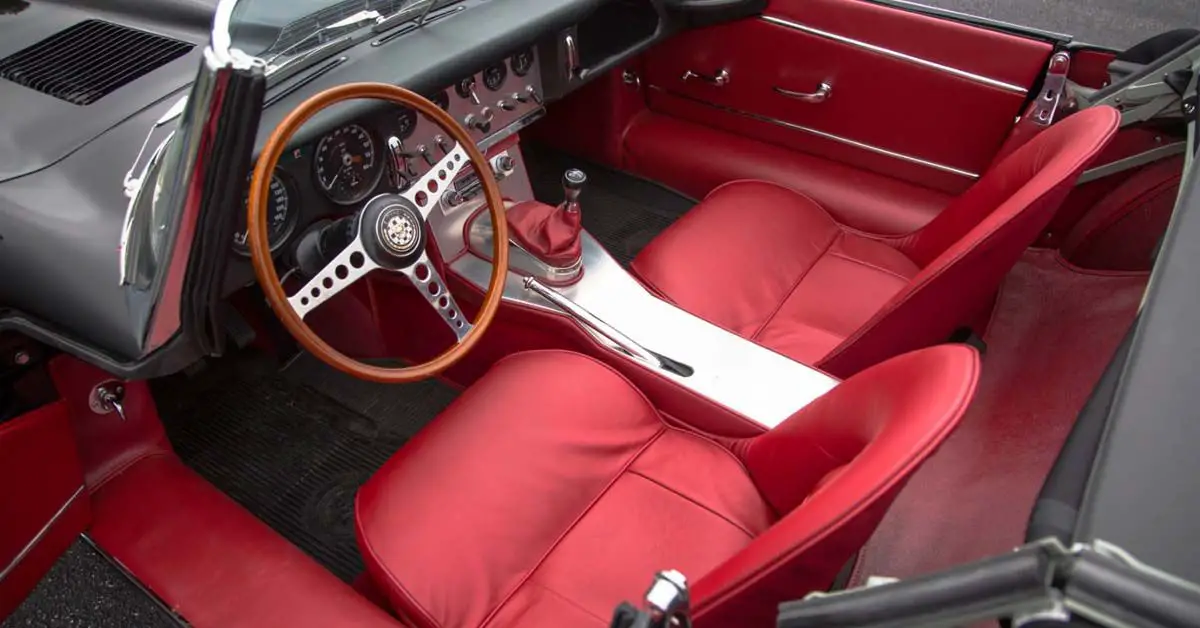
Sure, it might have been a bit snug, but then again, it was comfortable too. So, instead of being overly spacious, the E-Type’s interior was just big enough to caress both the passenger and driver on long drives without them having to visit the chiropractor afterward.
7 The Jaguar E-Type’s Driving Experience

We briefly referred to the E-Type’s effortless ride, but that doesn’t necessarily mean it was over-relaxed either. The E-Type drives exactly like you’d expect a classic sports car would, but better.
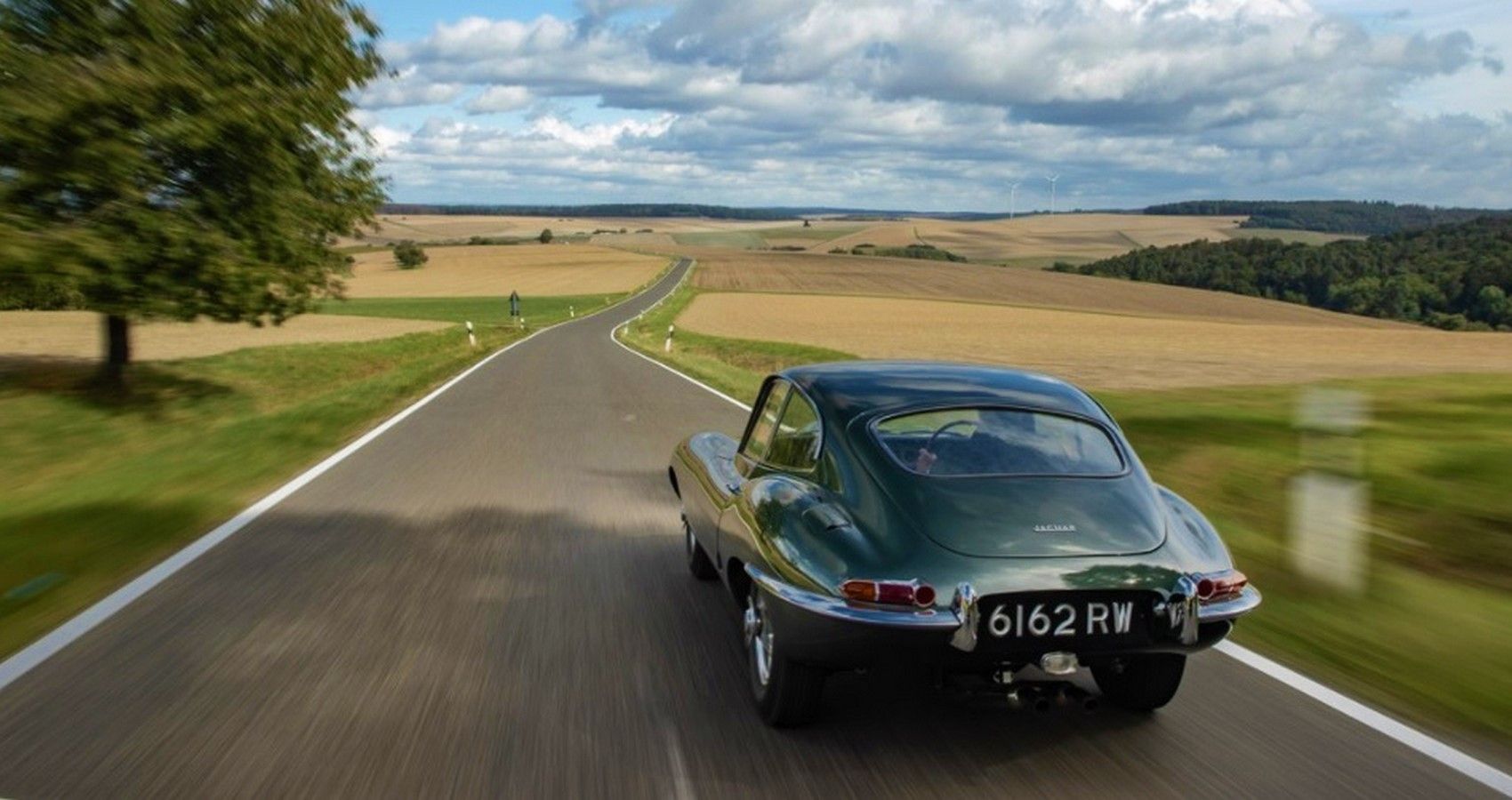
What does that mean? Well, modern cars’ cabins are incredibly insulated, and only the slight sound of the exhaust and tire noise is audible. The E-Type is a whole other being. It can definitely act like a somewhat quiet cat, but as soon as you mash the throttle and reach its 4.2-liter inline-six’s 5,400 rpm redline, it turns into a very vocal animal. More on that later…
6 The Jaguar E-Type’s Road Presence
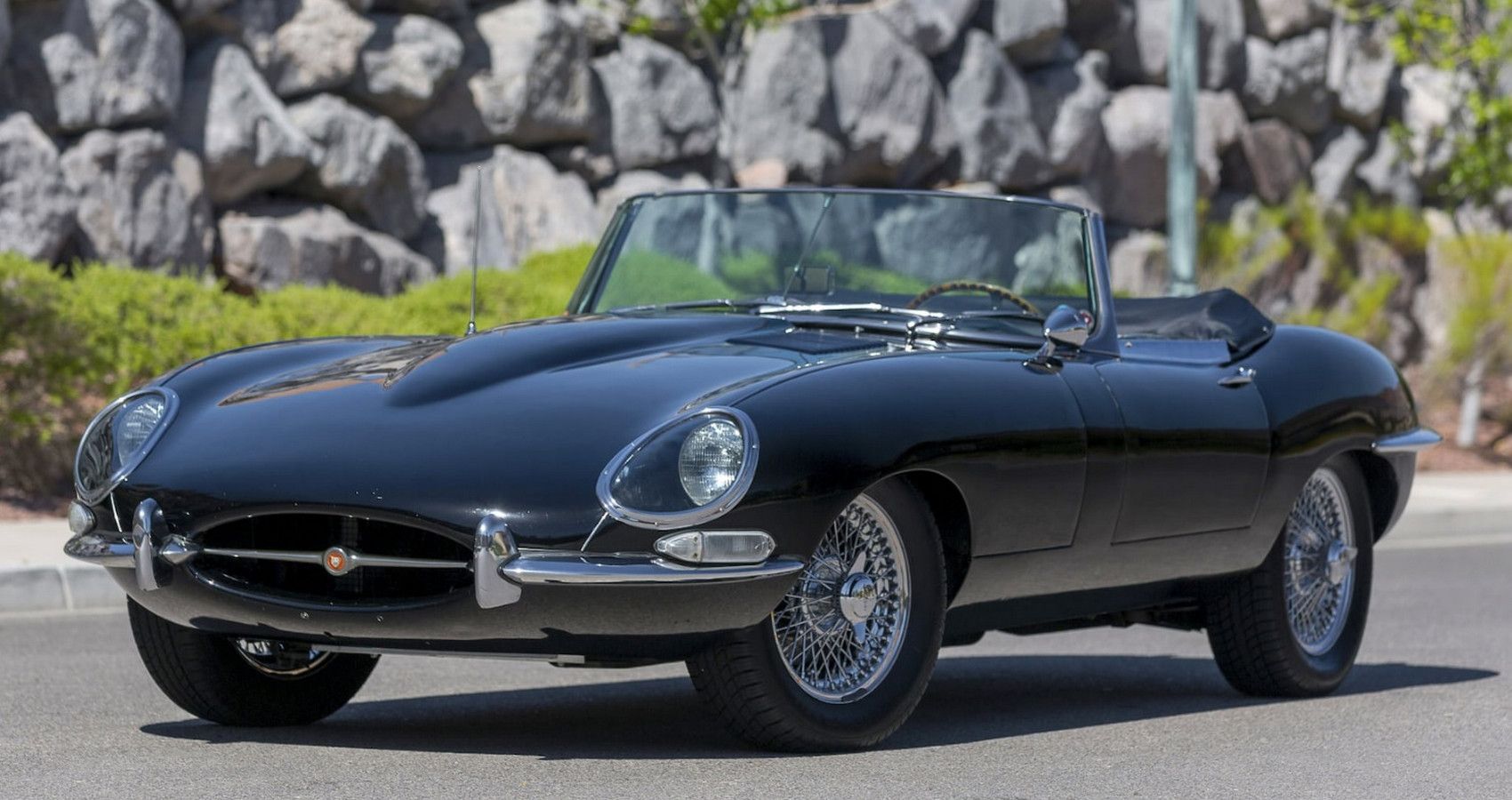
So, we’ve already identified how beautiful the E-Type is, but does that means it stands out from everything else on the road? Yes. Very much so. The Series 1 E-Type is a whopping 175 inches long, 65 inches wide, and just around 50 inches tall.

In other words, it’s much longer, wide, and lower than everything else on the road. So yes, it’s impossible for the E-Type to dissipate into traffic. And that’s an excellent thing.
5 The Jaguar E-Type’s Racing History

There was a race-ready version of the Jaguar E-Type also called the E-Type Lightweight. Jaguar only built 12 Lightweight cars between 1963 and 1964. The same 3.8-liter straight-six nested underneath every single one’s hood, only now, it pumped out 300 hp instead of the stock 266
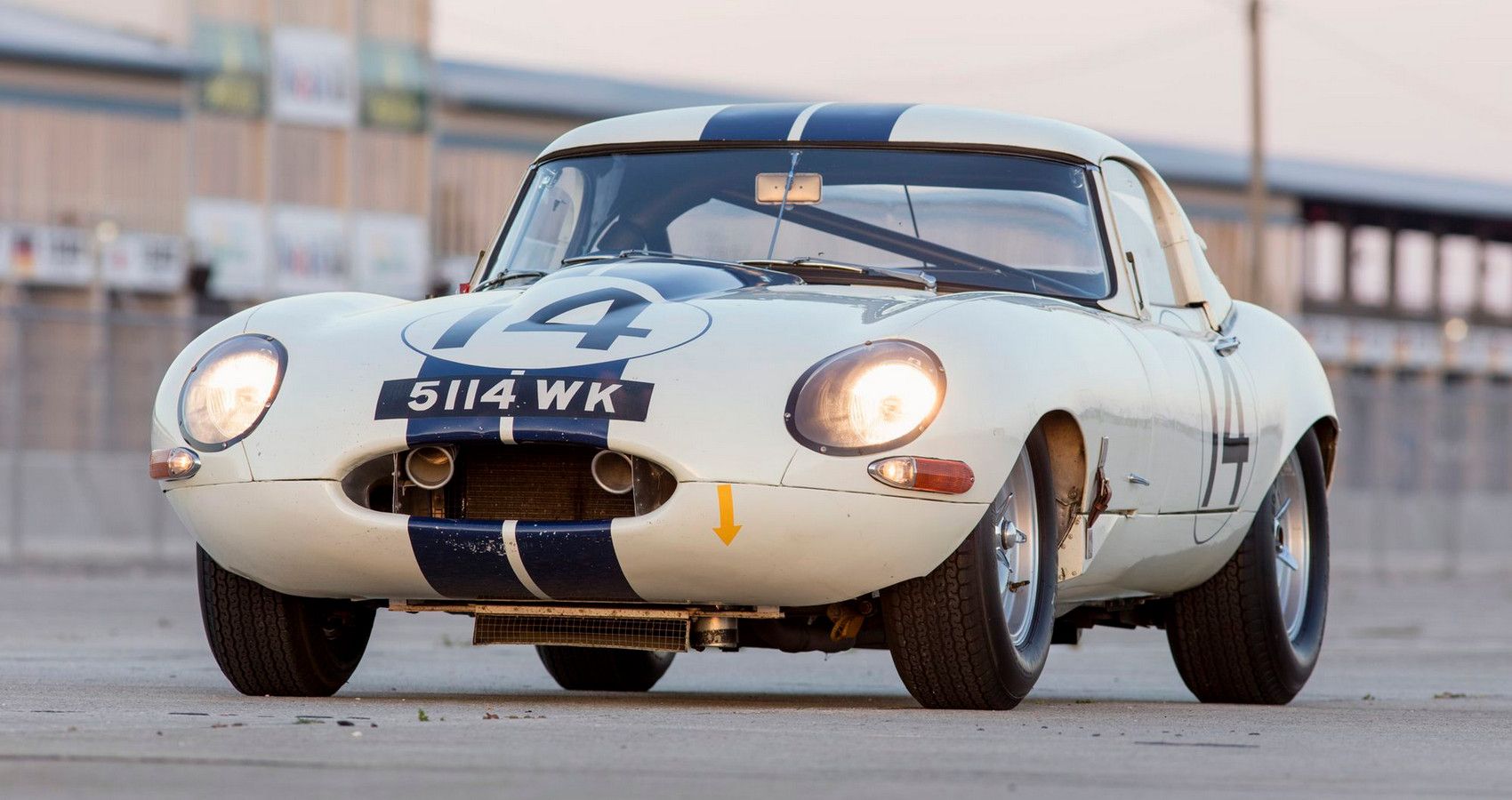
Another distinguishable aspect of the Lightweight E-Type was, of course, its reduced curb weight. The standard Series 1 E-Type weighed between 2,770 lbs and 3,090 lbs, but the Lightweight took things to the extreme by following a rigorous diet to obtain a curb weight of a mere 2,300 lbs.
4 The Jaguar E-Type Is A Grand Tourer
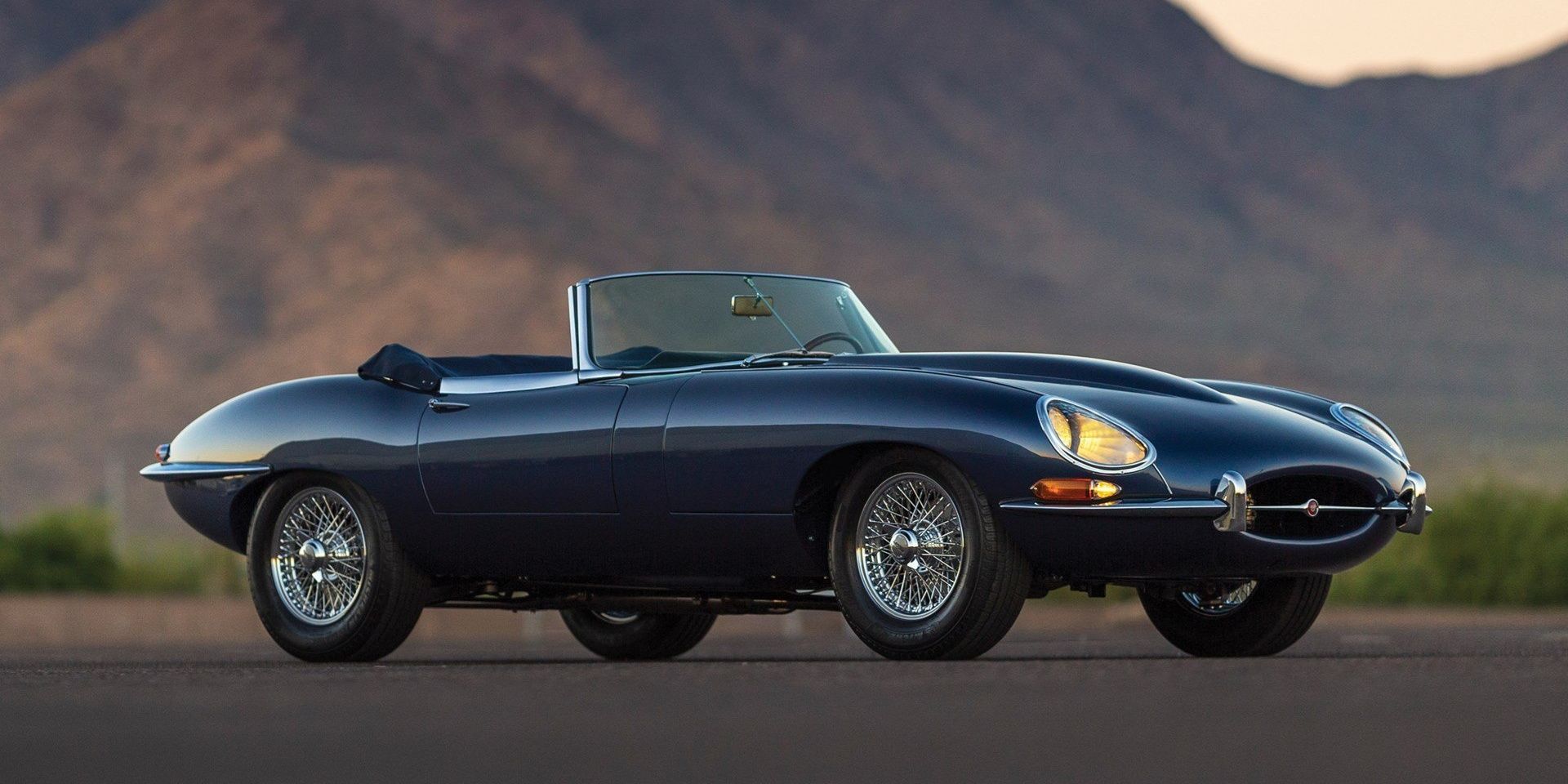
The Series 1 Jaguar E-Type could reach up to 153 mph thanks to its heap of power and aerodynamic body. Whether you prefer the droptop Roadster or Coupe hardtop, both cars make for excellent cruisers.
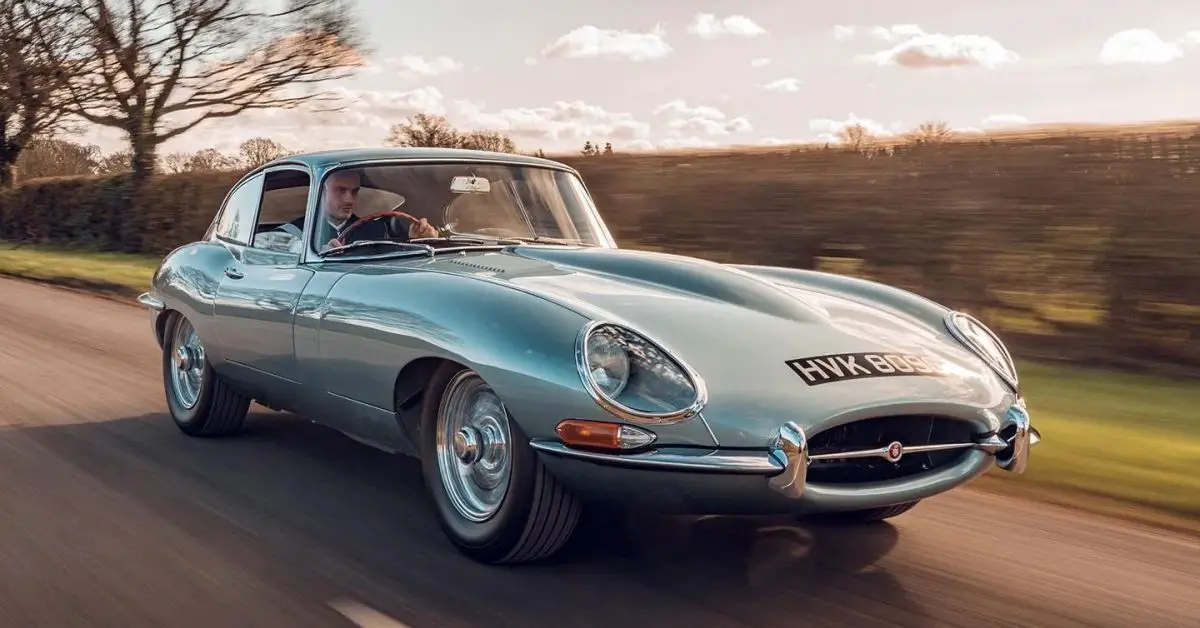
Sure, 153 mph seems puny in comparison to other grand tourers like the Lexus LC 500, but then again, the E-Type has so much more personality. Oh, and not to mention driver involvement.
3 The Jaguar E-Type Is A Nippy Sports Car Too
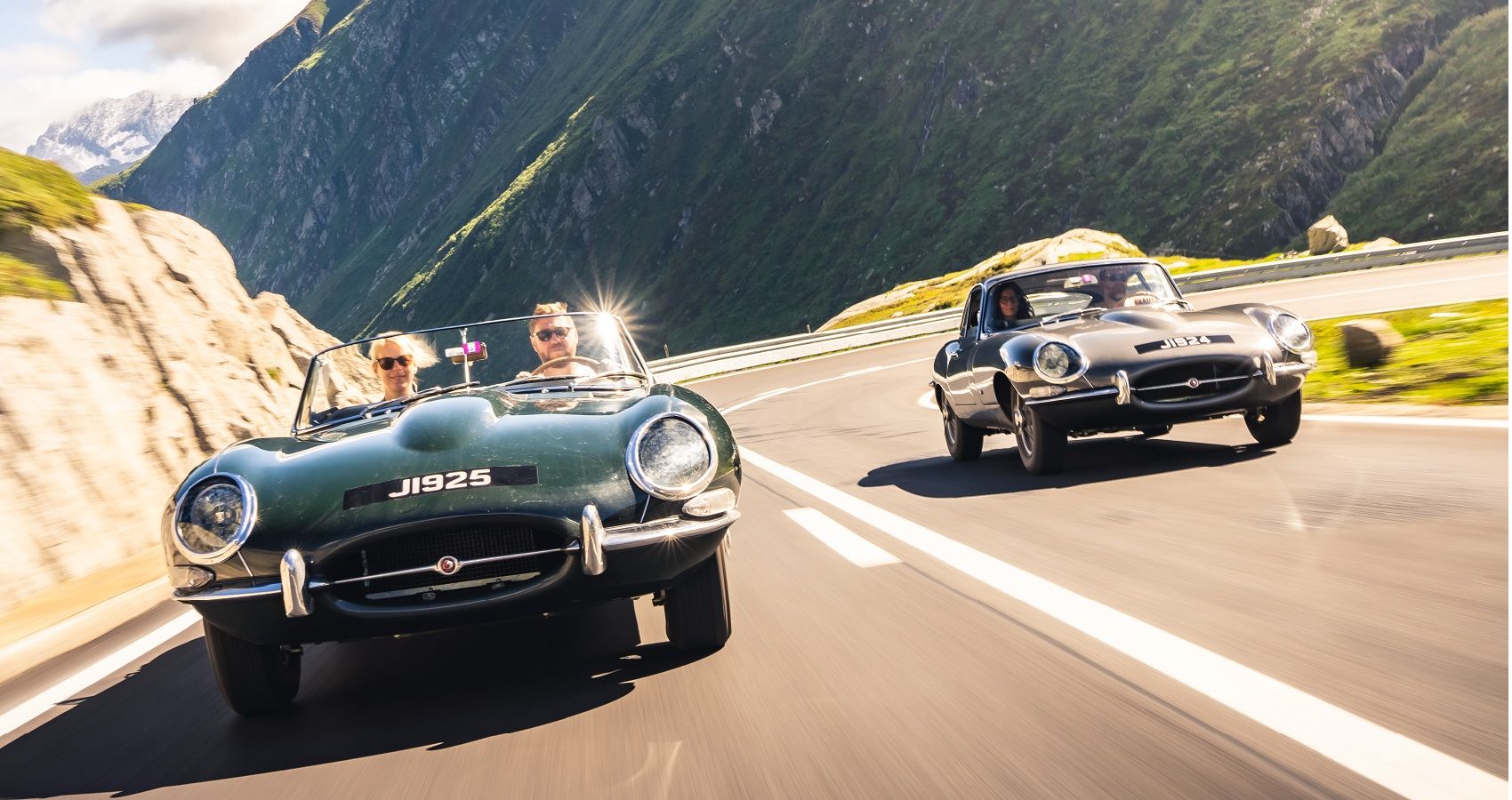
As they say, a great driver is the only thing that can differentiate a great car, from a perfect car. What we mean by that is despite the E-Type being an impeccable car on paper, its true colors only show with the right man behind the wheel.
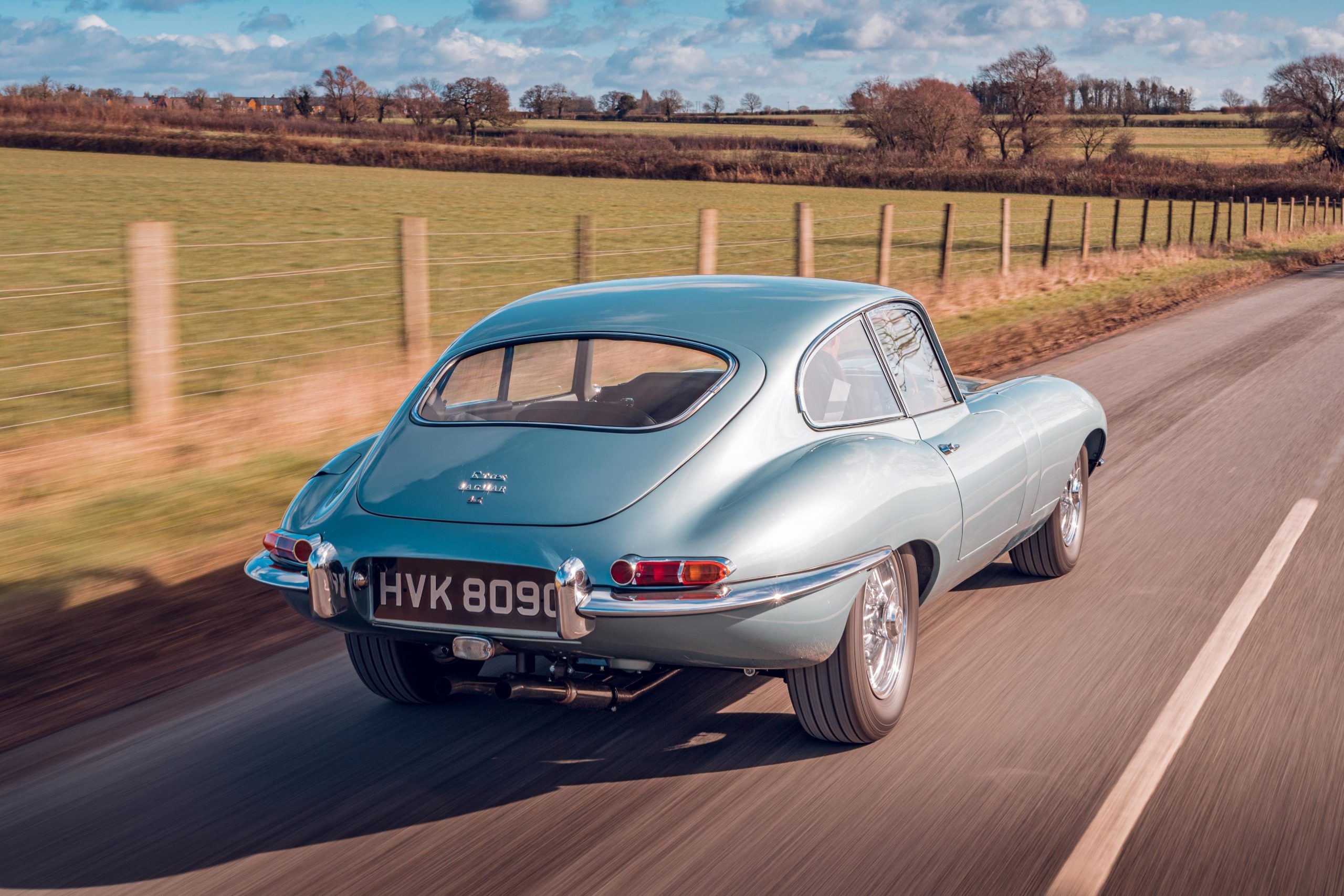
Since the E-Type is so light, it can take corners in an ungodly fashion. It all comes down to the driver and their mood. From tight, precise cornering, to sloppy drifts, the versatile E-Type can do it all.
2 The Jaguar E-Type Is A Worthy Investment

Believe it or not, back in 1961, a new Jaguar E-Type would have cost you $5,670 (about $53,000 today). So, if you happen to be one of the lucky ones to snatch up an E-Type early on in your life, give yourself a pat on the back.

In today’s day and age, Series 1 E-Types typically don’t sell for anything less than $50,000. That said, they can be worth much more. In 2019, the most valuable E-Type fetched $171,000 on Bring a Trailer. In 2022 though, a new record arose since the most valuable E-Type sold for an astounding $390,000. Best of all, they’re bound to increase even more as time passes by…
1 The Jaguar E-Type In Comparison To Other ’60s British Icons

There aren’t many cars that stack up against the E-Type in terms of style, performance, and desirability. Its main rival is the Aston Martin DB5 made famous by James Bond, but they’re way too unattainable nowadays.
Related: 10 Affordable Classic British Cars Every Self-Respecting Collector Should Buy
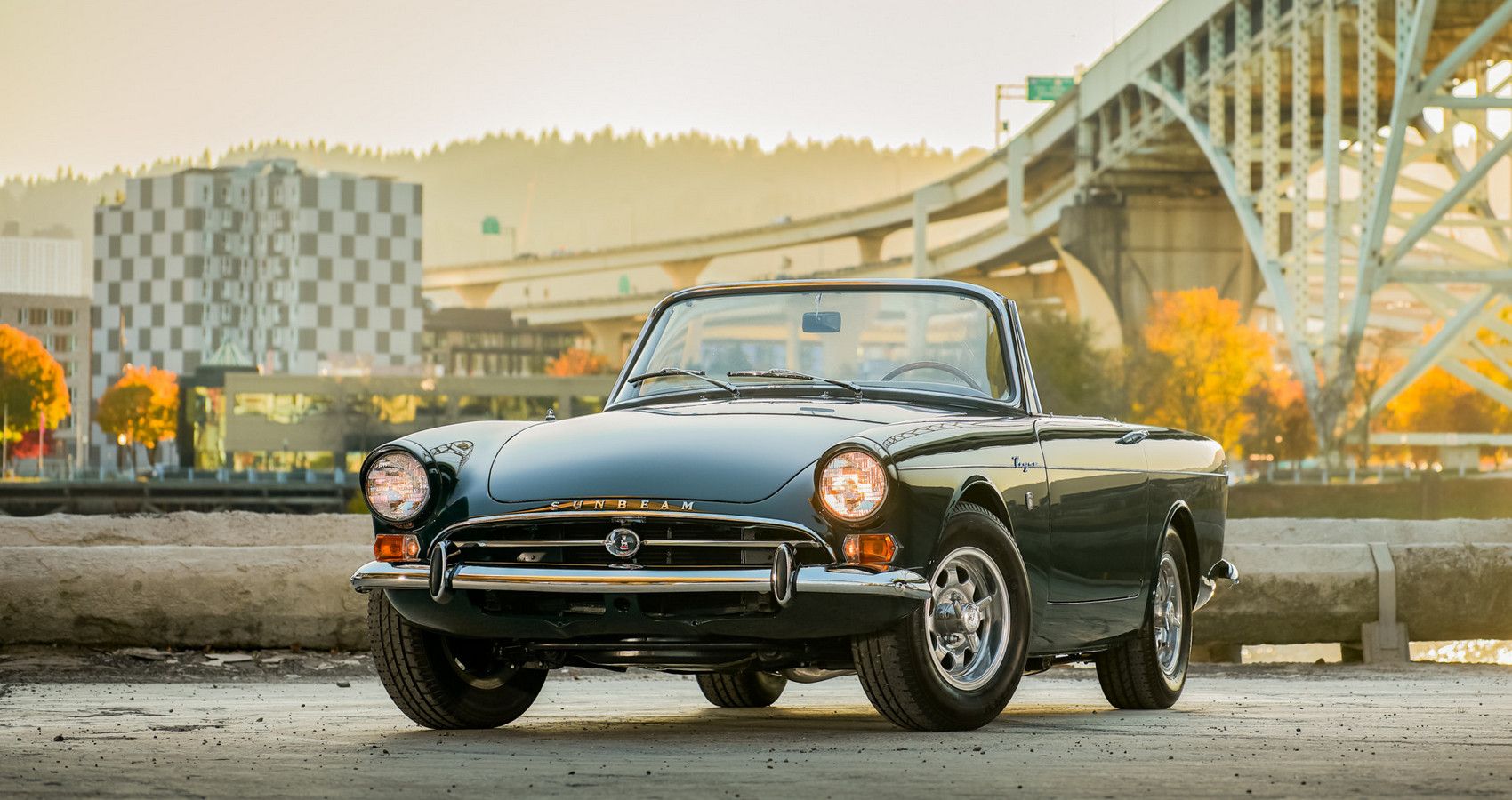
If you’re after something with the same tenacity as the E-Type, but don’t care to spend more than six figures to obtain one, a Sunbeam Tiger is worth a look. Regardless though, the E-Type remains one of the coolest cars of all time, and we will never fall out of love with this prepossessing Jag
